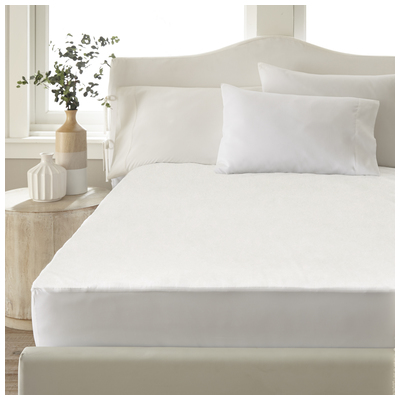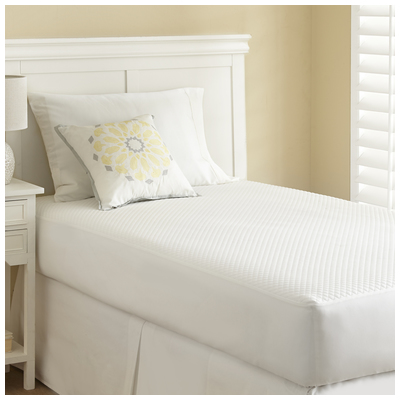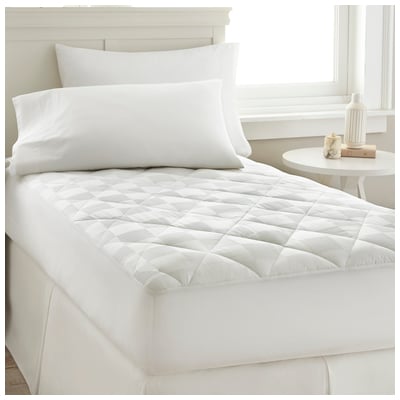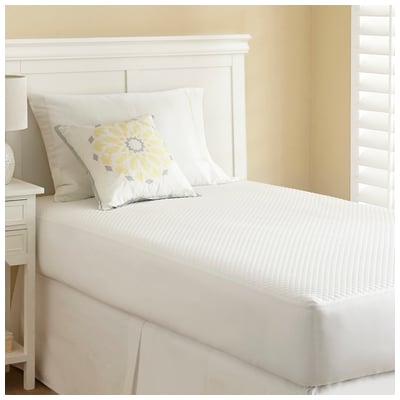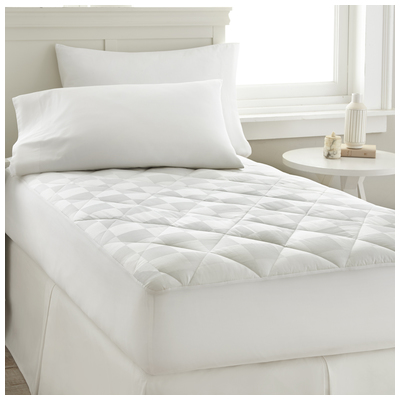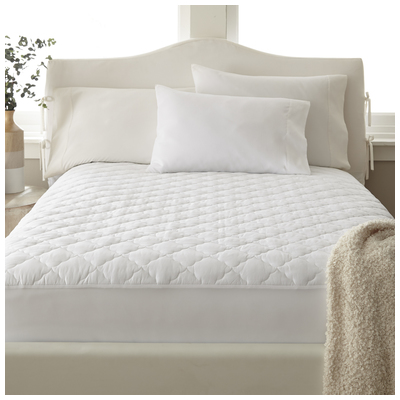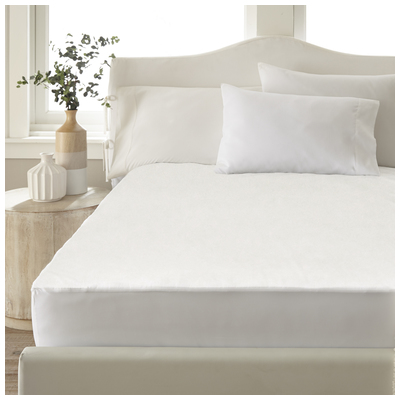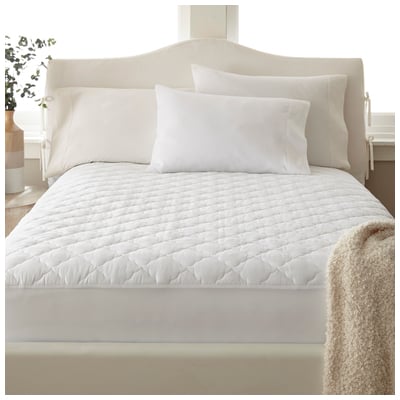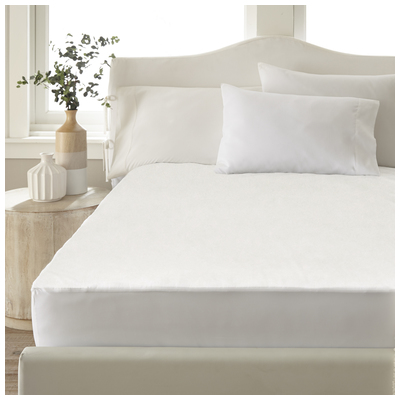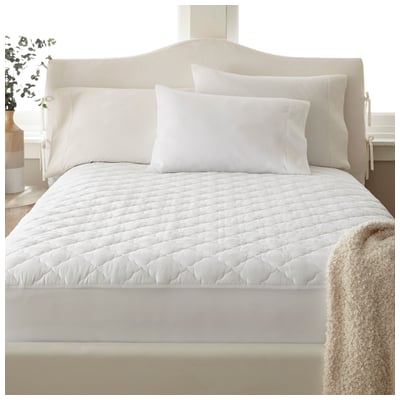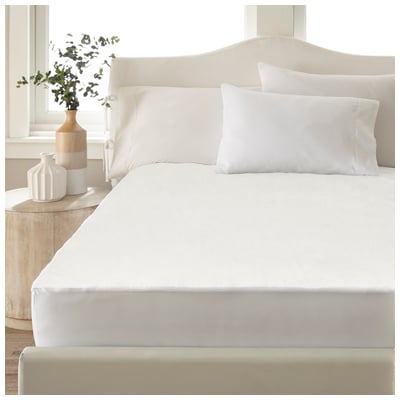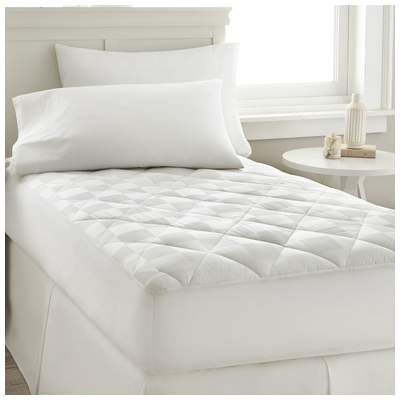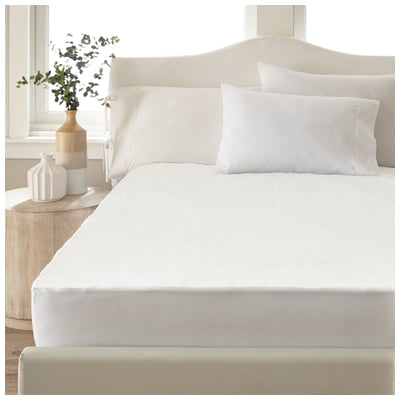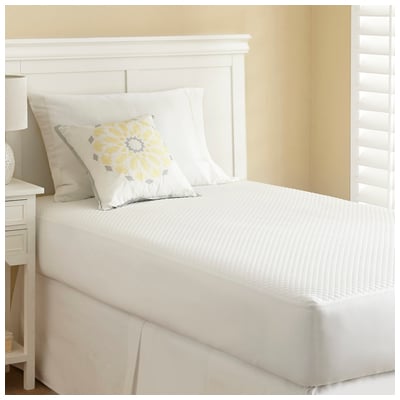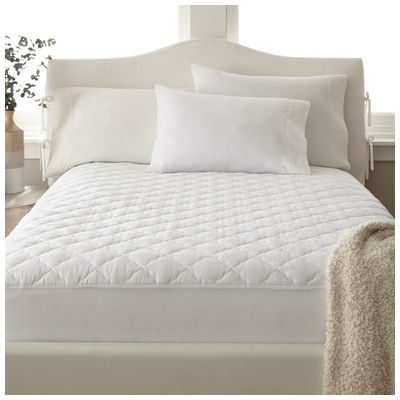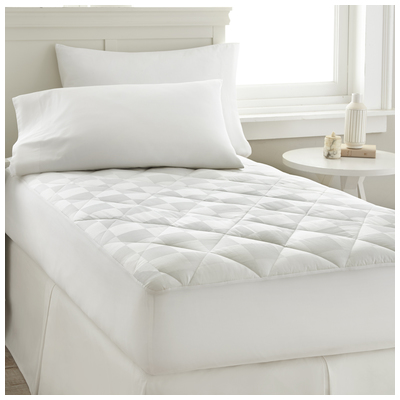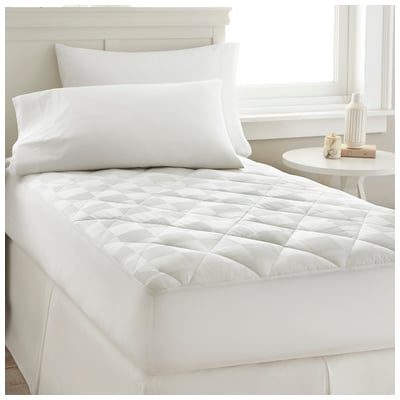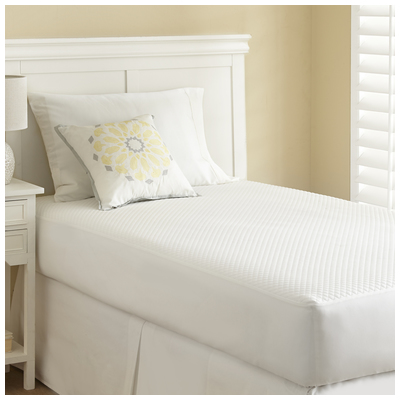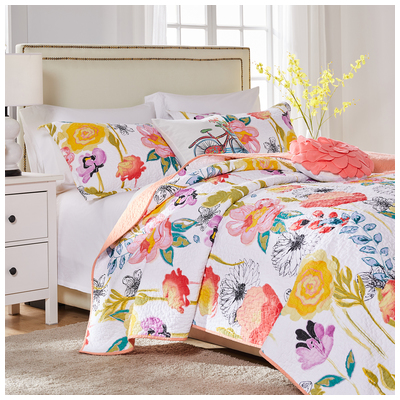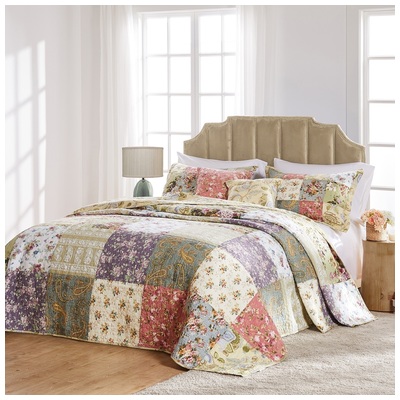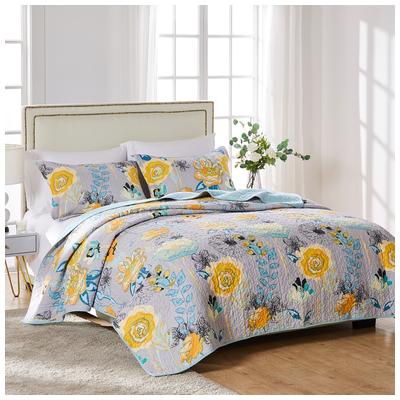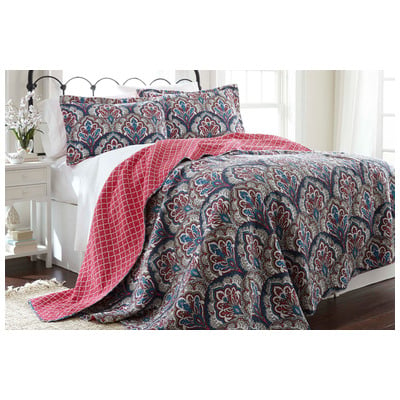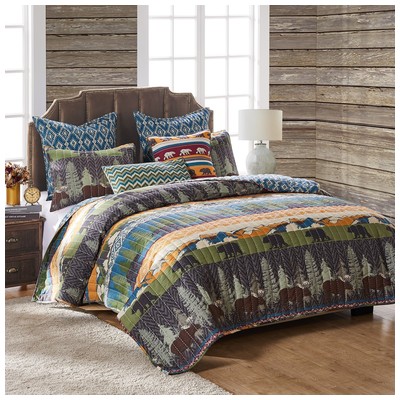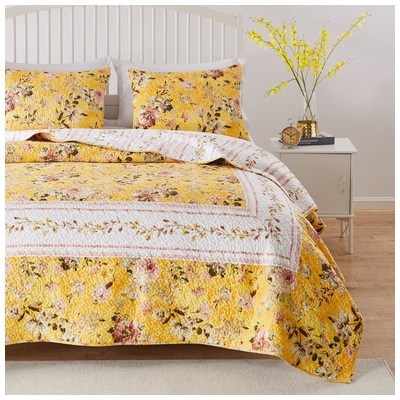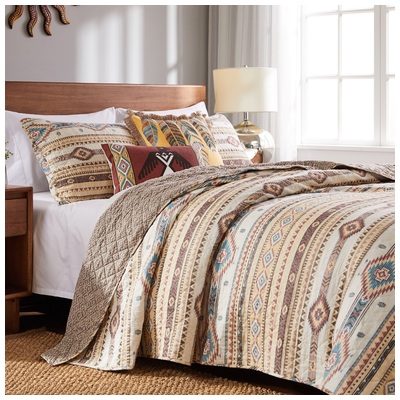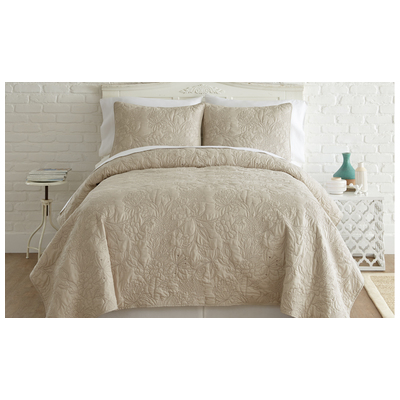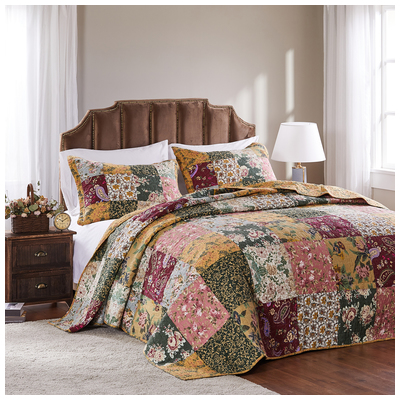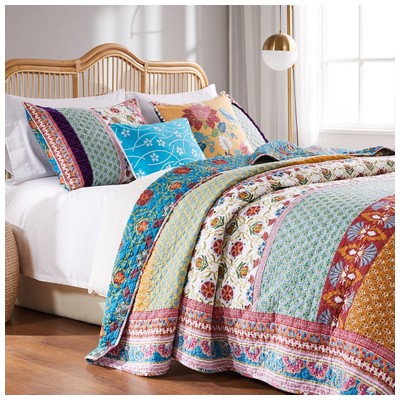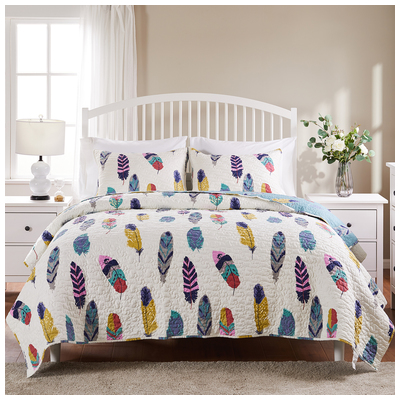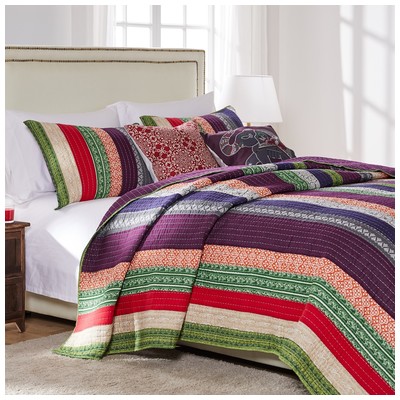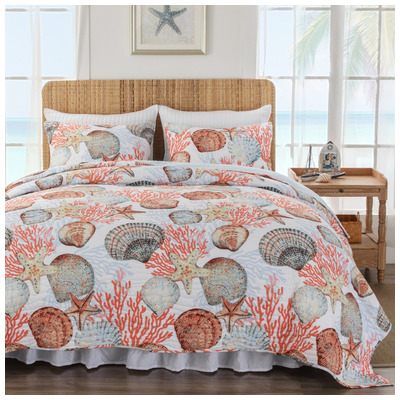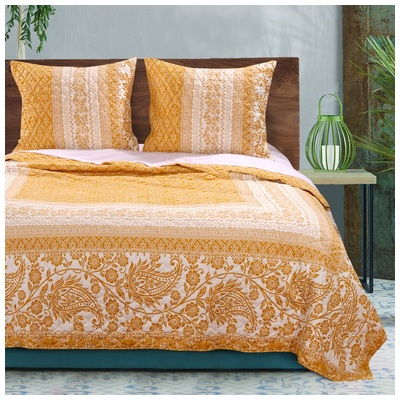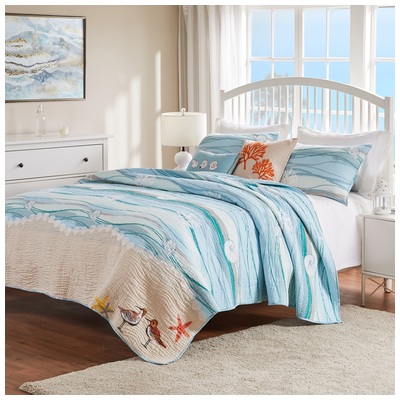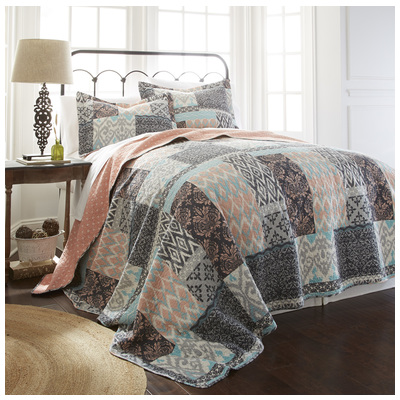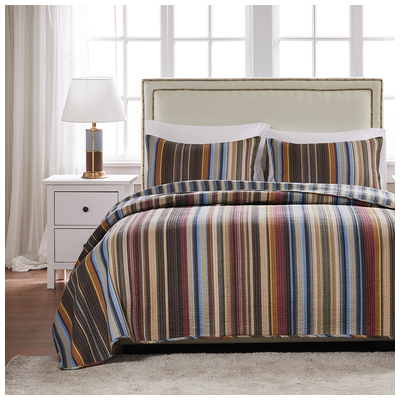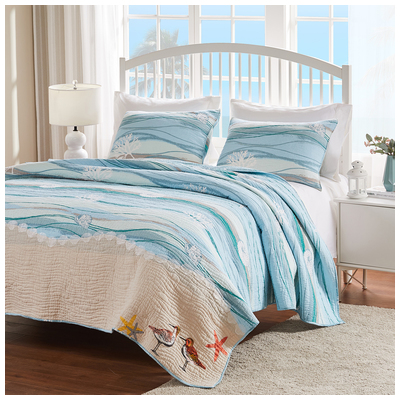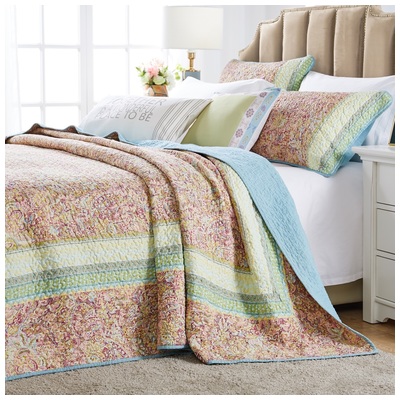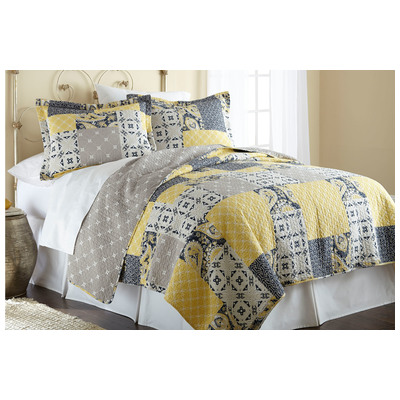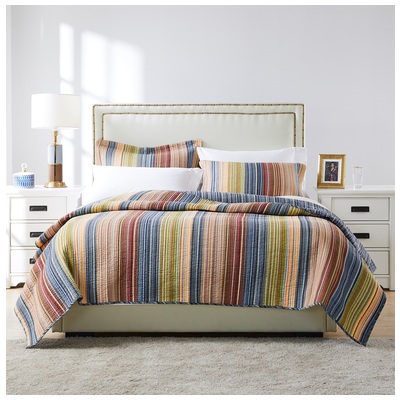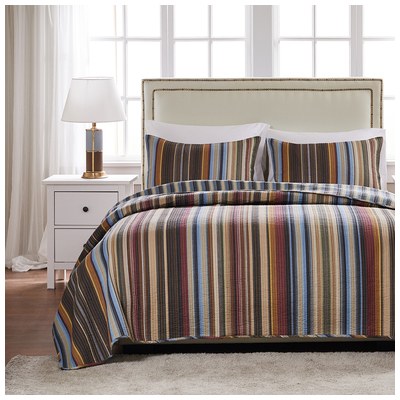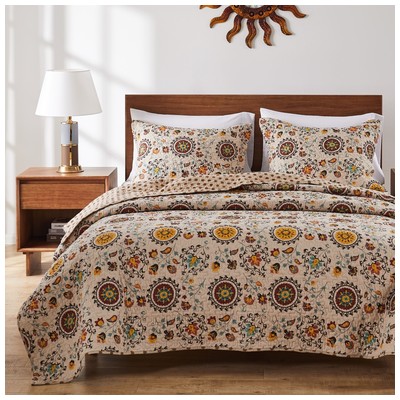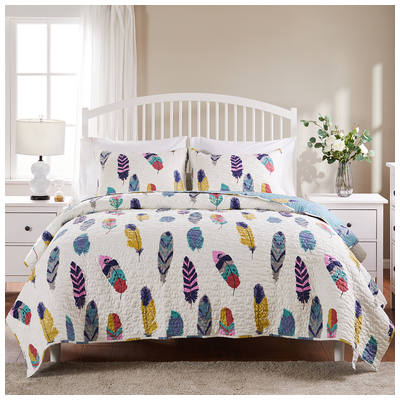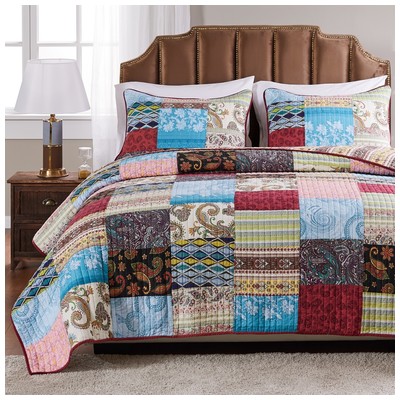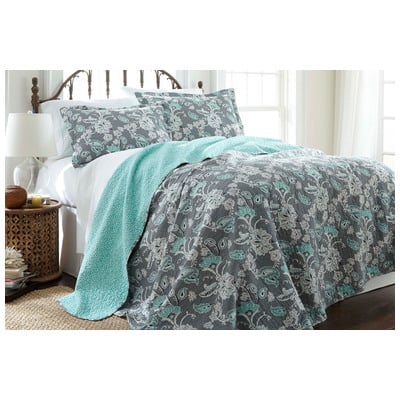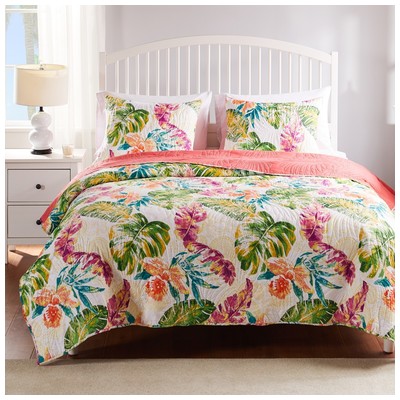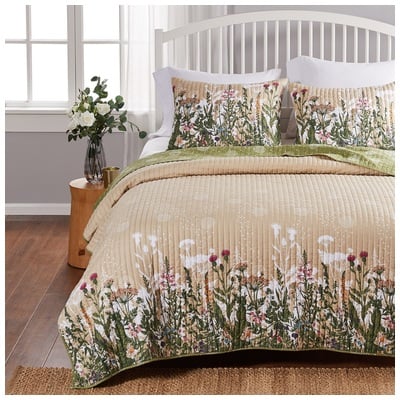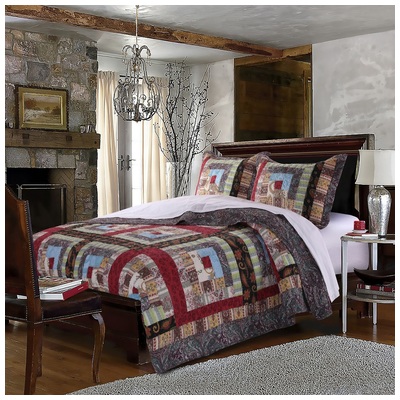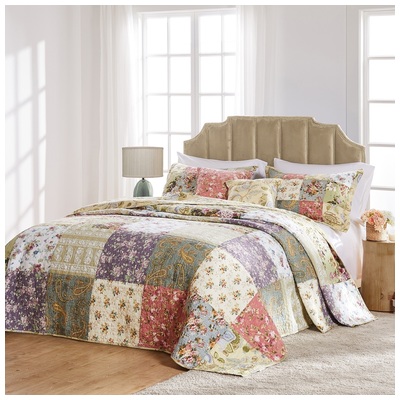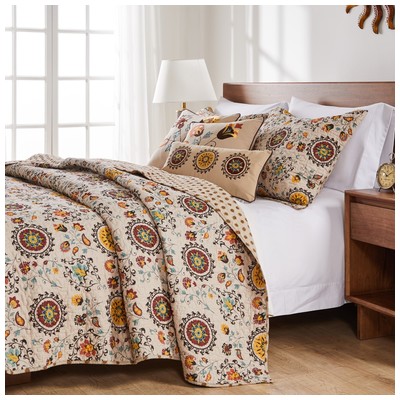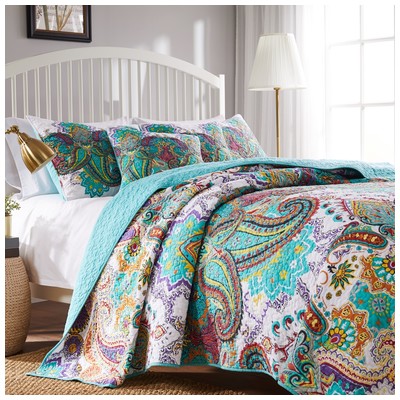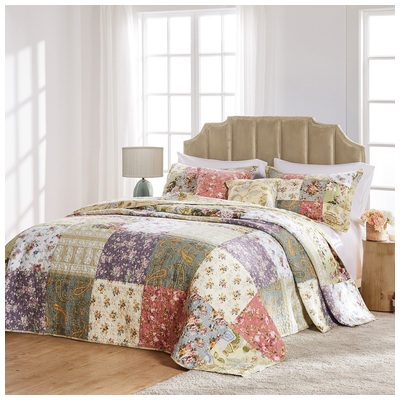It’s easier than ever to make the picture-perfect bedroom of your dreams. However, the reality may not live up to the photos once you have to sleep there every night. Here’s a guide on how to make sure you choose the best bed components and add-ons worthy of a king (-sized mattress).
What’s Your Mattress Made Of?
Much like with people, it’s what on the inside that counts when matchmaking with a mattress. Innersprings are the most understood by the general public; it’s a mattress with spring coils on the inside. They’re the most available and the cheapest. The coils help prevent heat from getting trapped inside the fabric and keep the top from drooping. However, the coils also make the bed heavy to move and they’re not great for couples who are light sleepers. Foam mattresses are a great lightweight alternative that reduces full-bed movement when you toss and turn. They’re also surprisingly durable for a bed labeled as foam. Their biggest downside is they tend to compress over time. This retains heat and sweat much easier, leaving a stained person-shaped dip if you don’t rotate it often. Hybrid mattresses are the best of both worlds between coils and foam. The catch, of course, is a much heftier price tag and a heavier mattress than coils alone.
Top Off Your Mattress
A fitted sheet is important to keep your bed clean, but you need an extra layer if you want to preserve your mattress longer. That said, there are several types of “base layers” for mattresses that serve different purposes, but aren’t always called different things. Hypoallergenic sleeves that encase your whole mattress (usually but not always called mattress protectors) keep allergens from accumulating inside your mattress. That’s crucial for the longevity of your mattress, whether or not you suffer from allergies. Mattress pads or toppers usually fit over the top of your mattress (like a fitted sheet) and often combine allergen protection, water-proofing, and an extra layer of padding for comfort. These can be used together or separately (though toppers provide slightly less allergen protection, and combining the two can make the fit of your sheets a tad bit snug!).
Shop Mattress Toppers:
How Important Is Thread Count?

I don’t know about you, but trying to pick out new sheets for my bed can be a stressful experience due to the numbers. 100 thread count, 300, 500, 1000, 1200 and everything in-between. What does it mean for me? Usually, it means putting off buying sheets. We get into the nitty gritty in more detail over here, but the short version is: thread count has become such a popular indicator of quality that it’s no longer a very reliable one. The material used and how it’s woven have a much bigger impact on the look, feel, breathability, and durability of your sheets than thread count. Thread count numbers above about 350 tend not to matter much, but the difference between good quality cotton and polyester is night and day.
Shop Sheet Sets:
The Right Fabric is Key

Do you sweat all night? Toss and turn? Wake up with cold hands and feet during the night? The problem might be as simple as the fabric type used to make your sheets. If you live somewhere cold, it’s probably common knowledge that you switch to thicker, warmer sheets (like flannel) in the winter months. But if you’re shopping for your summer linens by price and thread count, there’s a good chance you’ll end up with sheets that make the problem worse. Inexpensive polyester sheets are heat-retaining, which can make a hot night even more miserable; soft, t-shirt like jersey sheets are cuddly in cold weather, but also too heat-trapping for the summer. To keep cool at night, look for percale-woven cotton, linen, or even bamboo-based rayon for a lightweight, breathable feel that wicks away sweat.
Protection For Your Pillow and You
If you don’t know what your pillow case is made of, it’s likely cotton. Why? Because it comes standard with most sheet sets. They have the same pros and cons as cotton sheets. However, other options carry some surprises than the standard-issued case and are worth looking into. Polyester is worse as pillow cases than as sheets. They look their price tag (cheap) from a distance and can irritate your face if you have a plastic allergy. If you really want to do your hair and face a favor, opt for the more expensive silk. They’re breathable for the summer, don’t wrinkle, and can even prevent hair damage that causes frizzing during the day. Satin is close to silk in feel, and at a cheaper price, but is also plastic and can age poorly with regular washes.
Shop Pillowcases:
Even before your pillow case, though, you should consider zipping your pillow up in a protective sleeve. Pillow protectors, like mattress protectors, keep allergens and irritants from penetrating into your pillow, meaning it will stay clean, fresh, and in good condition for much longer. Water resistant covers are also an important upgrade if you ever go to bed with wet hair, as they’ll both save the stuffing in your pillow and keep it from developing a mildewy smell over time.
Comforter or Quilt?
The top layer of your bedding is the one that’s the most visible. Simply, this will have the biggest impact on the overall look and feel of your bedroom. That said, even for this more decorative piece, you should never choose your bedding purely on looks. The weight, warmth, maintenance, and style vary widely between comforters, quilts, and duvets (and how much and what type of filler material they use, if any). Comforters tend to be thick but relatively lightweight, with warmth that comes from the fill material, and need to be washed as a single piece. Quilts are thinner but much heavier, with less emphasis on pillowy filler and more on thick, dense fabric. Duvets are very thick, often filled with natural fibers (like down feathers), which can be quite a bit more expensive. That said, they have no patterning on their own, but instead are paired with changeable (washable) slipcovers. This makes it possible to change up your design without re-investing in a second bulky, pricey, luxurious piece of bedding.
The bedding you choose is one of the most important aesthetic considerations in a bedroom. After all, they take up more visual space than any other element. But choosing your linens based solely on looks is a big mistake. The right fabric, weave, and even layers you choose will make a world of difference in the quality of your sleep and the longevity of your mattress, pillows, and linens.
Shop Quilts and Comforters:




